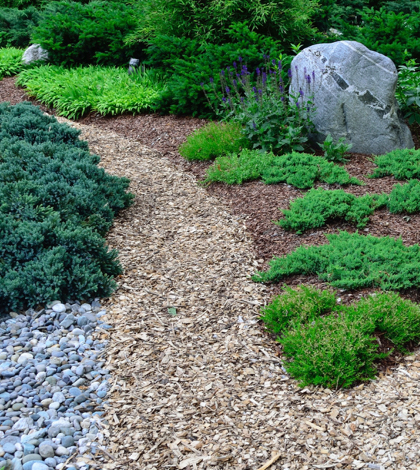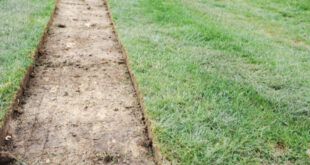“Water smart” has come to California’s Capitol Park with new drought-resistant landscaping.
More than 76,000 square feet (approximately two acres) of the Capitol’s 40-acre park is being replaced by a comprehensive plan through the California Department of General Services (DGS). The plan calls for turf removal and multiple water efficiency measures, all part of a DGS plan, Save our Water’s “Fix It For Good” campaign.
“We want to lead by example,” said DGS department deputy director Brian Ferguson. Citing a late TV host, Ferguson continued saying, “Huell Howser used to call Capitol Park “California’s front yard.” We hope to set a good tone for front yards all over California. We want to show that Californians can make changes that save water permanently.” Ferguson noted that the Capitol receives 1.1 million visitors annually and is second only to Disneyland in visitors each year in the state.
Turf on the Capitol lawn will be replaced with California native plants and drought resistant, new hybrid fescue, Buffalograss and other low-water grasses. In places where grass struggles to grow due to shade and in low traffic areas, walk-on mulch or decomposed granite will replace existed high water need grass.
Capitol Park is the oldest arboretum west of the Mississippi River. Founded in 1860, Capitol Park has 968 trees, some of which are more than 100 years old. The World Peace Rose Garden, founded in 1988, along with the heritage camellia grove have historical and cultural importance. These areas will be spared from replacement.
When the 2014 emergency drought mandates were enacted turf irrigation sprinklers were shut off. Only turf covering tree roots was allowed and large patches of turf reflected the common brown grass. Ferguson noted, “Since 2013, Capitol Park cut water use by 39.7 percent – that’s 15 million gallons a year. But (it) was never meant to be a permanent solution.
The renovation, once realized, is expected to save more than 1.6 million gallons of water a year. The project will be implemented over the next six to eight weeks; completion is expected by this summer.
DGS has worked with the state’s Department of Water Resources, the California Native Plant Society, University of California at Davis, and other experts on drought-tolerant landscaping to plan and implement its conservation and replacement program.
“We’ve been working on this plan for two years,” said Ferguson. “There may (still) be turf, but it will be different grass that’s more drought tolerant and uses less water. If we’re successful, the public won’t notice a lot of these changes. (It) may look small, but it will be a big change over time.”
DGS also plans to install a recycled water system to meet almost all outdoor irrigation demands in Capitol Park that could be functional by 2018, if funding for the project is approved in Gov. Brown’s 2016 budget.
 California Water News Daily Your Source For Water News in California
California Water News Daily Your Source For Water News in California


